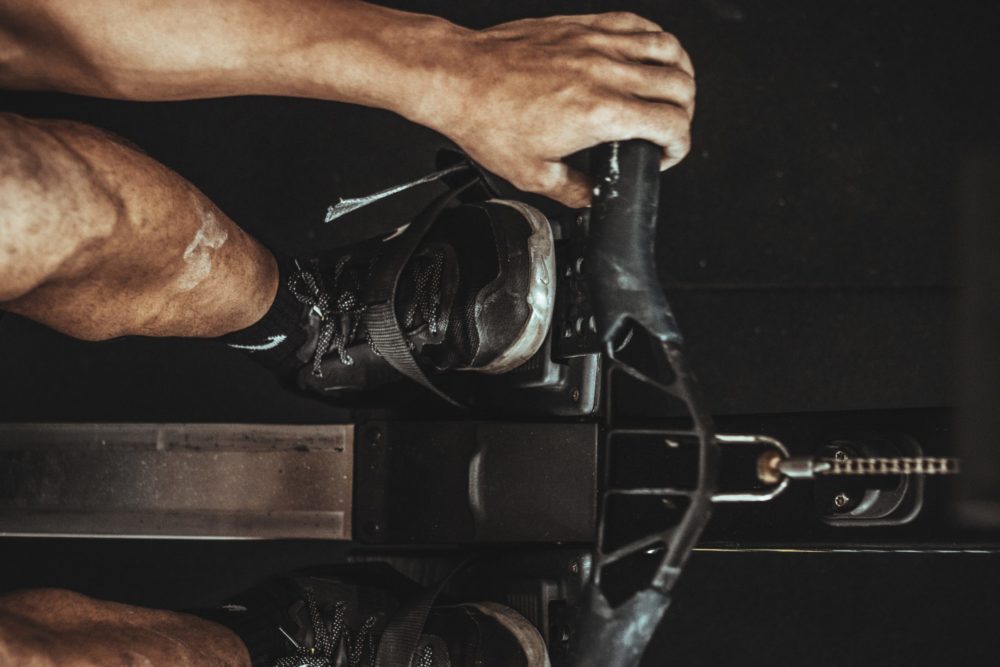
How to Go from Beginner to Intermediate in Rowing
Last week we talked about your initial journey from zero experience to getting 3 months into your rowing career. This week we’re looking to take you from that 12 week mark to your next big step of training more specifically and becoming more structured with your approach to your time on the erg.
Strap in we’re going long today!!
Your First Six Months
After improving basic endurance fitness through volume and fundamental aerobic and lactate threshold intervals, it’s time to make your training more specific to the goal you’re trying to achieve. If you’re preparing for a Sprint event, you’ll want to make your training more specific to shorter higher intensity pieces. If you’re preparing for a marathon event, you’ll want to work on endurance and conserving energy.
By 3-6 months, most rowers with career and family priorities have reached the maximum number of weekly training hours their schedule will reasonably sustain. At this point varying combinations of interval and endurance workouts are necessary to generate the workload necessary to improve performance. While the specifics of individual training plans are beyond the scope of this guide, here are some of the common mistakes athletes make during this timeframe:
- Insufficient rest. Training stress has to be balanced by adequate recovery in order for an athlete to make progress. If you overload the training side with too much stress and don’t take enough time to rest, your progress will stall. Signs that you are not getting enough rest include diminished ride performance, fatigue, irritability, trouble sleeping, lack of interest in riding, and minor illnesses.
- Efforts that are neither hard enough nor easy enough. As you get more fit, your training efforts need to be at intensities high enough – for long enough – to create a training stimulus. Similarly, your easy efforts need to be deliberately easy in order to allow for active recovery.
- Scattered focus. In the very beginning of training you can make progress by training with different kinds of workouts all at once. You might row for endurance one day, do a lactic threshold piece another and then sprint on a third day, etc. After a few months of consistent training, however, athletes are better served by focusing their training on a specific type of workout for a period of weeks, in order to maximize the training load directed at a specific energy system. For instance, to develop greater sustainable power for 2km, you might focus on 2-3 interval workouts per week for three weeks, in addition to a few general endurance rows.
Moving From Beginner Rower To Intermediate
Ideally, the experience of getting started with training inspires you to continue developing fitness and participating in challenging rowing events. While you can certainly continue to make progress directing your own training or absorbing information from the rowing community, here are some recommended ways to take your rowing performance to the next level:
- Work with a Rowing coach: Professional coaches have degrees in exercise science, certifications specific to coaching, and careers devoted to improving performance for athletes of all ability and experience levels. Through frequent communication and sound sport science, a professional coach will help integrate training into your lifestyle and guide you through the ups and downs of preparing for your event.
- Get comfortable being uncomfortable: At this point in your rowing career, you need to ensure you are getting comfortable with the desired intensity you are trying to achieve for your next benchmark row. Remember you can’t expect to get good overnight and your body takes time to accustom to a new stimulus.
- Dial in your nutrition: If you don’t already, then this is a good time to now start looking at your eating habits and ensuring you are fuelling your body adequately for the event you are looking to complete. Remember a longer row requires substantially more cals than a short sprint will!
- Enjoy the process: Remember it’s all about the journey so enjoy it and if its goes wrong (which it will at some point) then don’t sweat it and get back on the horse as soon as you feel the time is right.
Now you’re ready for the big league!! At this point you have officially started your rowing journey and the lessons you have learnt will guide you through your journey as long as you row. Be sure to check technique and form frequently and work on the fundamentals of rowing and most importantly, enjoy the process!!
If you are looking for structured training plans for any of the main distances on a rowing plan then head to http://babblecafe.com/workout where our Crew plan will take you through step by step whatever point you are at in your journey.
Yours in Fitness, education and the path to mastery!
Coach John
Photo by Iswanto Arif on Unsplash
Leave A Reply Cancel reply
No products in the cart.



1 Comment
Hello, just wanted to say, I liked this article. It was helpful. Keep on posting!